By Saskia Hartog
2nd Year Management Intern
The Rise in Medical Indemnity Claims: The Crucial Role of Harm Prevention and Risk Management in Insurance
In recent years, the healthcare industry has witnessed a significant uptick in medical indemnity claims. These claims, which involve patients seeking compensation for harm or injury resulting from medical treatment, have put immense pressure on healthcare providers and their insurers.
Understanding the Surge in Medical Indemnity Claims
Several factors have contributed to the rise in medical indemnity claims. One of the primary drivers is the increasing complexity of medical procedures and treatments. As medical technology advances, so does the potential for errors or complications. Additionally, patients are becoming more aware of their rights and are increasingly willing to pursue claims when they believe they have been harmed.
Furthermore, the COVID-19 pandemic has exacerbated the situation. Healthcare systems around the world faced unprecedented challenges, including resource shortages and overworked staff. These conditions increased the likelihood of errors and contributed to a surge in claims related to pandemic-related care.
The Crucial Role of Harm Prevention and Risk Management
To address the escalating number of medical indemnity claims, insurers and healthcare providers must prioritize harm prevention and risk management. Prevention is not only about avoiding harm but also about building trust and maintaining the integrity of the healthcare system.
Some key steps to consider include:
1. Continuous Training and Education: Healthcare professionals should receive ongoing training to stay updated on best practices and emerging risks. Regular education can help reduce errors and improve patient safety.
2. Effective Communication: Clear and open communication between patients and healthcare providers can prevent misunderstandings and potential claims. Patients should be well-informed about their treatment plans and potential risks.
3. Robust Documentation: Accurate and thorough documentation of patient information, treatment plans, and outcomes is crucial. Electronic records and digital health programs support reliable record-keeping and accurate data in case of disputes.
4. Quality Assurance Programs: Implementing quality assurance programs within healthcare facilities can help identify and rectify issues before they lead to harm.
5. Risk Mitigation Strategies: Insurers should work closely with healthcare providers to develop strategies for identifying and mitigating risks proactively.
The rise in medical indemnity claims underscores the importance of harm prevention and risk management in the insurance industry. By taking proactive measures to prevent harm and enhance patient safety, healthcare providers and insurers can not only reduce the financial burden of claims but also ensure the well-being and trust of patients in the healthcare system. Collaborative efforts between insurers, healthcare professionals, and policymakers are essential in navigating this challenging landscape and creating a safer, more reliable healthcare environment for all.
The Role of Health Management Internship
As someone who has completed a health management internship, I can attest to the invaluable experience gained in this field. During my internship, I had the opportunity to witness the practical implementation of harm prevention and risk management strategies in a real healthcare setting. This experience equipped me with the knowledge and skills necessary to understand the intricacies of medical indemnity claims, their root causes, and how they can be prevented.
In the future, as healthcare continues to evolve, the lessons learned during my internship will serve as a strong foundation. By focusing on harm prevention and risk management, we can work together to reduce the incidence of medical indemnity claims, ensuring a safer and more efficient healthcare system for all. This, in turn, will not only benefit patients but also insurance providers and healthcare professionals, promoting better outcomes for everyone involved.
Disclaimer: Views are those of individual authors and not those of ACHSM or management intern’s employers.
